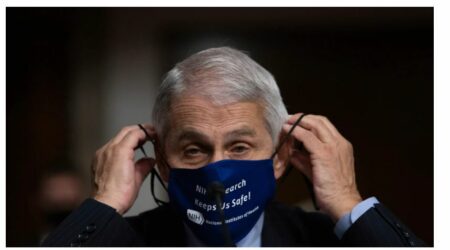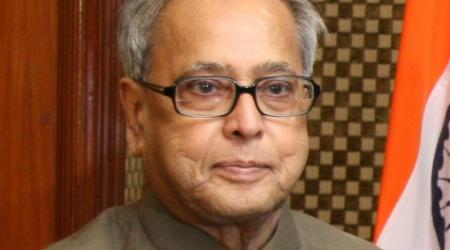New Delhi: The Serum Institute of India (SII) will soon apply to the Indian regulator for the licensure trials of the AstraZeneca-Oxford Covid vaccine and India may get 50 per cent of Oxford Coronavirus vaccine doses produced, the media reported
Commenting on the AstraZeneca-Oxford vaccine’s results, Adar Poonawalla, CEO, Serum Institute of India, said, “The trials have shown promising results and we are extremely happy about it. We will be applying for the licensure trials to the Indian regulator in a week’s time. As soon as they grant us permission, we will begin with trials for the vaccine in India. In addition, we will soon start manufacturing the vaccine in large volumes.”
Poonawalla shared that he is hopeful that 300 million doses of the vaccine candidate ‘Covidshield’, developed by the Oxford University will be manufactured by December 2020.
He also stressed that half of the vaccine produced in SII will go to India and the other half will go to other countries as there is an urgent need to equally immunise the world to contain the pandemic.
This week marked an important day in the battle against Covid as the first results of Oxford’s Covid-19 vaccine showed that it is safe and provokes an immune reaction in a person that lasts for almost two months.
The researchers are indicating that the vaccine may be ready by year end. The results showed that more than 91 per cent of volunteers injected produced an immune response against coronavirus that lasted for a month or more. The immune responses remained strong for at least 56 days.
Oxford University’s vaccine, called AZD1222, is being manufactured by pharmaceutical major AstraZeneca and the UK government has ordered 100 million doses ahead of time.
As per the results, the vaccine boosted T cell and antibody immunity. The vaccine produced strong responses on both accounts, the study found, with T cell immunity peaking after two weeks and then dropping slightly by day 56.
Antibody immunity, on the other hand, peaked after four weeks and remained high by day 56, indicating that it may well last for even longer.











